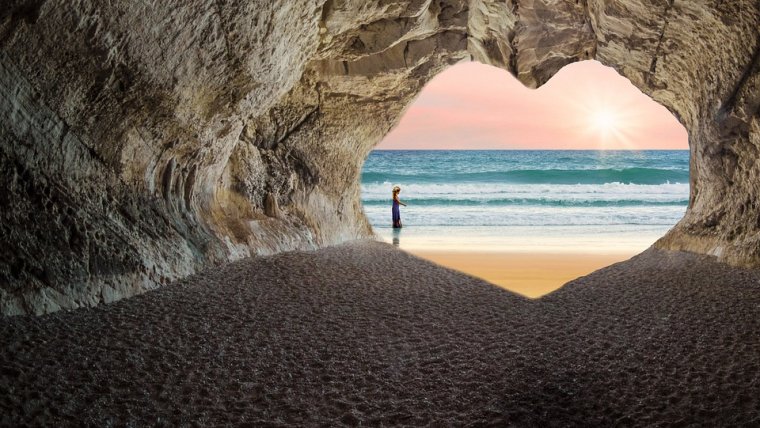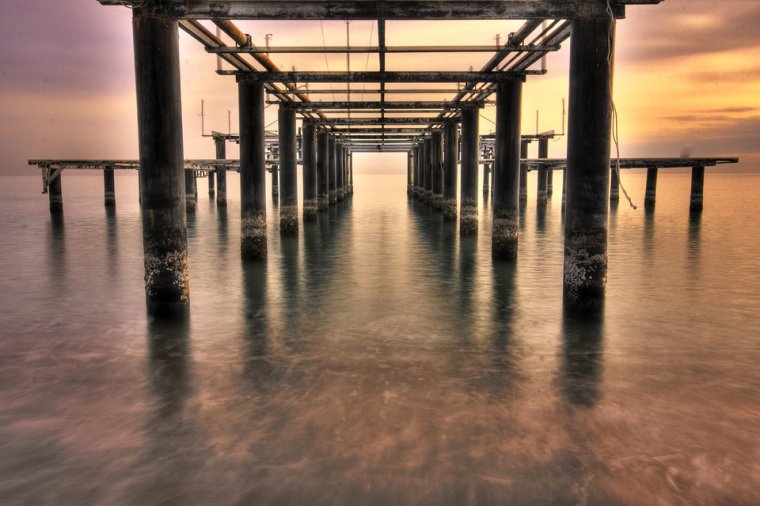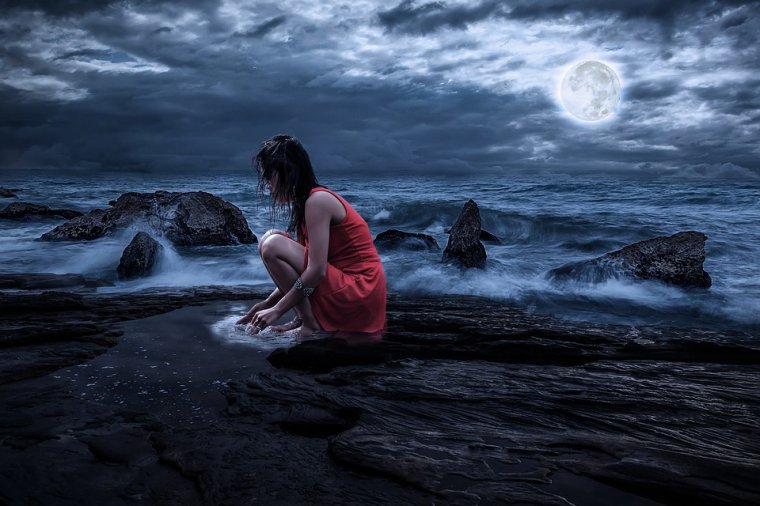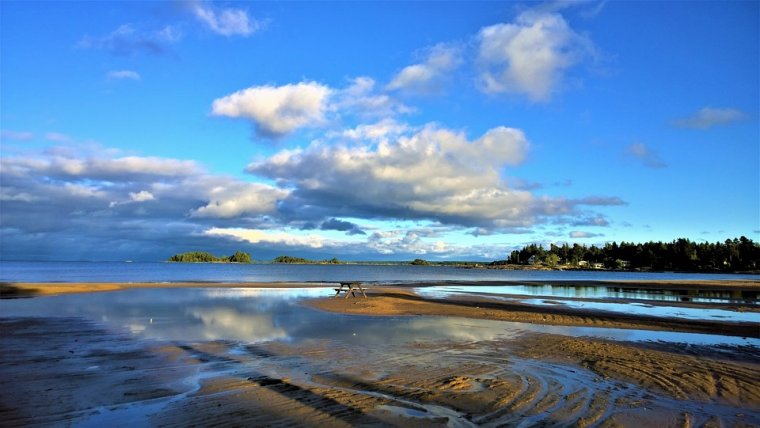
Most of us are fascinated and drawn to the beach where we can feel estranged from our busy daily life and away from all troubles. No doubt, one can never forget the camera when heading to the beach since this is another source of multiple beauty and uniqueness. No photographer wants to miss this. The unforgettable sunset, the funny wildlife, the amazing patterns on the sand and even the sandcastles children made can capture one’s eye. Keep it simple and just transfer a feeling.
Table of Contents
A long empty beach with its beautiful white sand, touched by the perfect sunlight can be a perfect place for a long walk. However, when seeing it on a photo it may be dull or empty without a focus. What you must do is find your point of interest first. Create a rest point for your viewer’s eye. Be open-minded and go further away from the beautiful blue sky and perfect beach image we see every day on TV. Search around and don’t miss the beautiful sand patterns made by the waves, footprints in the sand or sandcastles. The sea brings lots of debris which can easily become your focus. Man-made objects such as life-saving flags, old fishing boats with its weather changed colors, can get an attention too. Do not forget the wildlife. Make an interesting pattern of seashells, or freeze dulls’ flight over the sea, just combine it and design it. Find your subject for the day, wait for the best sunlight, set your camera settings and you are well safe from boring no point of interest- image.
As in many photographing scenes, out there on the beach, the good old rule is: early mornings or late afternoons are the best hours to shoot. First of all, there are fewer people on the beach during these hours, and by the way, you can capture the forgotten slippers near the coastline. Offer a new story for the viewer. More importantly, only this low angle of sunlight can create such warm golden colors. If you shoot in the middle of the day, the harsh sun creates more shadows and contrasts in which you can actually lose your focus. Avoid it on the beach, especially if you decide to shoot people. You will be in trouble with the shadows at all time. What you should never ignore is a dark cloud or even stormy weather on the beach. Although many prefer the clear blue sky, a creative photographer must get out of the cliché and make an art piece with the dark grey combined with the blues. Be the one yourself!

Offer a unique experience when showing your image. Make a starting point for the viewer’s eye such as a rock, seaweed, and create a pathway along the scene. Let the starting point do its job and lead the eye towards an unseen beauty. Do not forget the rule of thirds when shooting sea and land. The horizon must never be placed in the center of the frame. This way you create a balance and a gentle natural look which is so desired. Using a polarizer out on the beach can add to your goal of more fresh vivid colors, reducing reflections. On the other hand, you can add a water sparkle by turning the polarizer away. Enjoy the many possibilities such as clouds popping out of the dark blue skies.
Macro shots on the beach can truly be magnificent, and definitely can make your creative juices flow. To create a depth of the field use a telephoto lens and combine it with a wide aperture. Get down on the sand, stabilize your camera, zoom in and focus. In contrast, use a wide angle lens and a small aperture if you are aiming at the complete size of the scene and keep everything sharp.
There is the moon on the perfectly starred sky reflecting on the sea. Rushing to make the click? Not so fast. Apply the same rule of not keeping it plain. Look for a foreground focus. Are people moving around? There it is your perfect nightly image. Some photographers prefer to set on manual with wide exposure so your camera sensors can be touched by the offered light. Mind the moon! It is changing and moving, therefore, if it is full moon you might get enough light. City lights can be really helpful too, use this one. More than once when shooting at night you’ll be glad to use a flashlight to enhance your preferred part of the foreground or simply to draw attention. At night water softens the colors making a charming glow. All the objects around it all of a sudden become stars of their own. Enjoy it!


Never forget that the sand is no friend to a camera. Keep it off the sand at any time. Use a neck stripe or put it on the cover well protected when not in use. Nothing can stop you from enjoying the beach and capture the perfect beachscapes. The right settings at the right time. Your creativity has the final word!
Comments (0)
There are no comments yet.